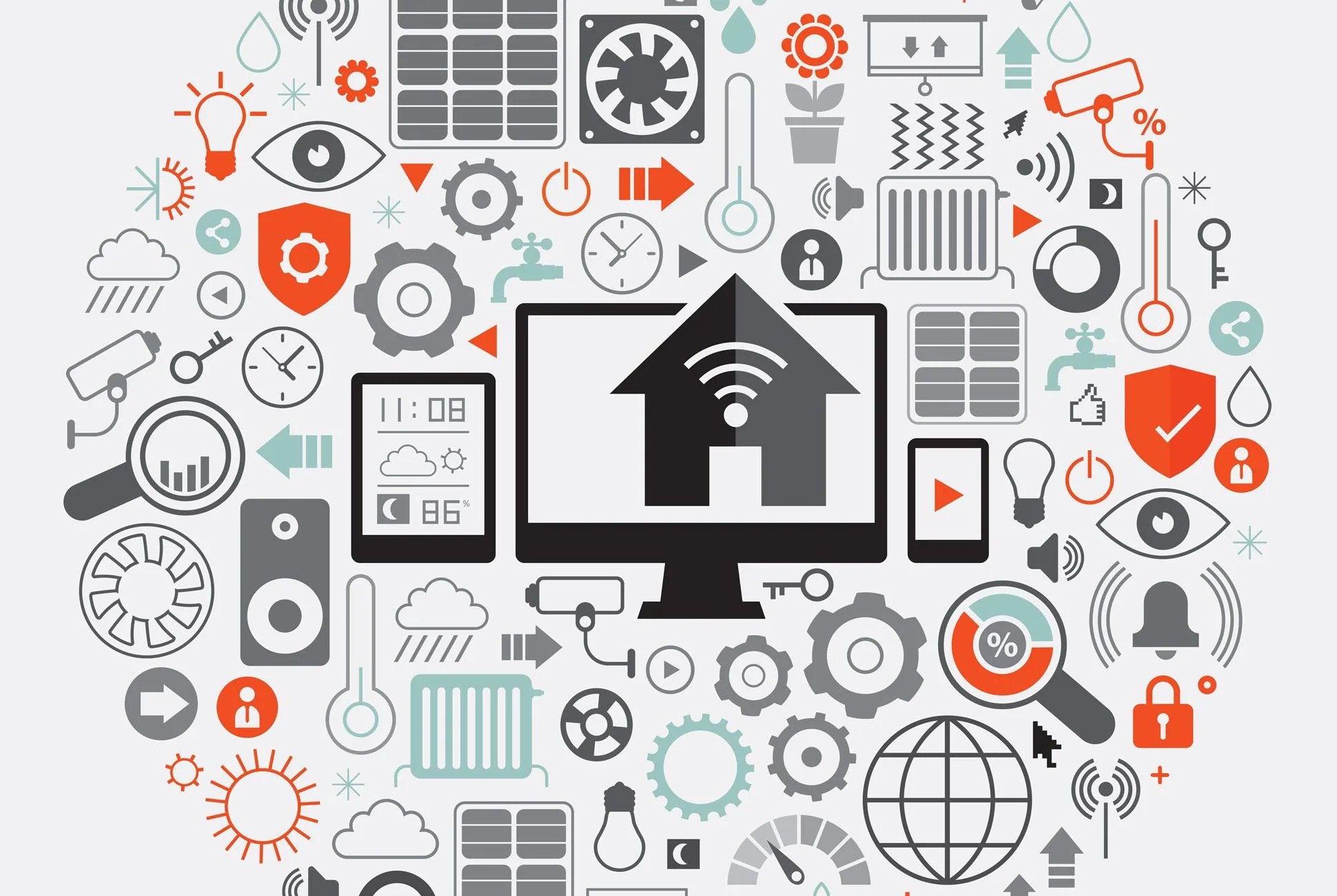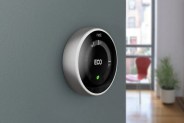The smart home has been dreamed of, prophesied and promised for decades. For many Millenials, the 1999 TV movie Smart House colored the idea of “smart living” as both wonderful and frightening. Mixed emotions rode through the early aughts and 2010s, and smart home technology lumbered along — a Nest Thermostat here, smart bulbs there. In 2017, we are still far from Smart House, but the technology is now quickly closing the gap.
Virtual assistants integrated into smart speakers, like the Amazon Echo and Google Home, now can control a number of connected devices, like smart thermostats, streaming sticks, lights, shades and other sensors; apps like Apple Home can do much of the same. But with the growing number of smart devices comes a number of problems for consumers, including cost, ease of use and compatibility — not to mention filtering through the troves of what appear to be superfluous smart devices (a smart hair brush? Really?). So the question remains, when will we really arrive at the age of the smart home?
“If you asked Google the definition of a smart home,” says Mike Soucie, senior product marketing manager at Nest Labs, “it’d say it’s about lights, cameras and thermostats that can be remotely controlled by your computer or mobile device. By definition, we’re there. But really, Nest is solving what we call the ‘thoughtful home.’” According to Business Insider, there will be 193 million smart (or “thoughtful”) home devices by 2020, an uptick from 83 million in 2015. “A lot of the products are in some ways gratuitous in nature and don’t really provide true customer value. I think we’re moving into an idea of, just because it can be connected, should it be?” Soucie adds. He also emphasizes that it’s more about having devices that use their intelligence to learn and get better over time.
“A lot of the products are in some ways gratuitous in nature and don’t really provide true customer value. I think we’re moving into an idea of, just because it can be connected, should it be?”
The “thoughtful home” centers around smart devices that cater to customers’ core values: comfort, safety and savings. Soucie notes the Nest Protect, a smart smoke and carbon monoxide detector, along with Nest’s security cameras, as prime examples of this initiative. “It’s interesting because there are many different entry points based on the consumer, and that’s why you can’t have just the killer product or app. It’s really about, what is that consumer experiencing, and then the story is really, how do you encourage the consumer to get other products.”
Price is a hurdle for smart devices and the connected home, but not as much as compatibility. Most people today don’t necessarily buy individual smart devices thinking, “I’m going to build a smart home.” Instead, they buy several over time and then expect compatibility afterward. Unfortunately, most smart devices don’t play nice with each other. For example, the Amazon Echo can’t control your Google Chromecast; the Google Home can’t control your Apple TV; and neither can control your Sonos speakers. This is a tricky issue that the industry, Nest included, has to do a better job solving. Soucie says Google and Nest are committed to creating an open developer platform, aimed at encouraging integration.
So when will the harmony of the smart home be fully realized? Soucie thinks 10 years. Smart devices will be more accessible and affordable, real estate and security companies will be packaging home automation kits, and the devices will play better together. For now, however, the impetus is on the industry to create good devices and ensure that consumers enjoy a good experience. “We understand that for mainstream consumers it’s not about going out and spending $1,500 with the intent of creating a smart home. It’s really about starting with an individual connected product that solves a pain — in our case, it’s around energy savings and security — and if they have a good experience, then they are more likely to purchase an additional product.” If all goes well, that thermostat may one day become a whole-home personality, and one that’s (hopefully) less temperamental than Smart House Pat.

